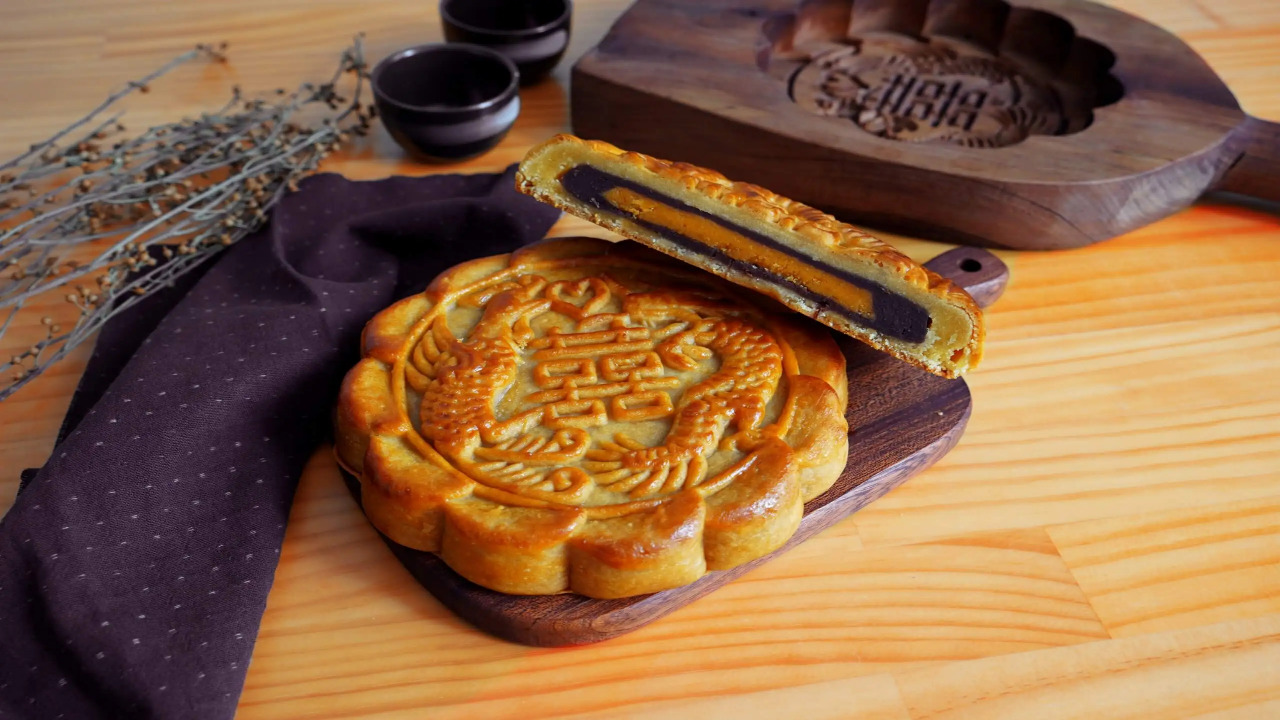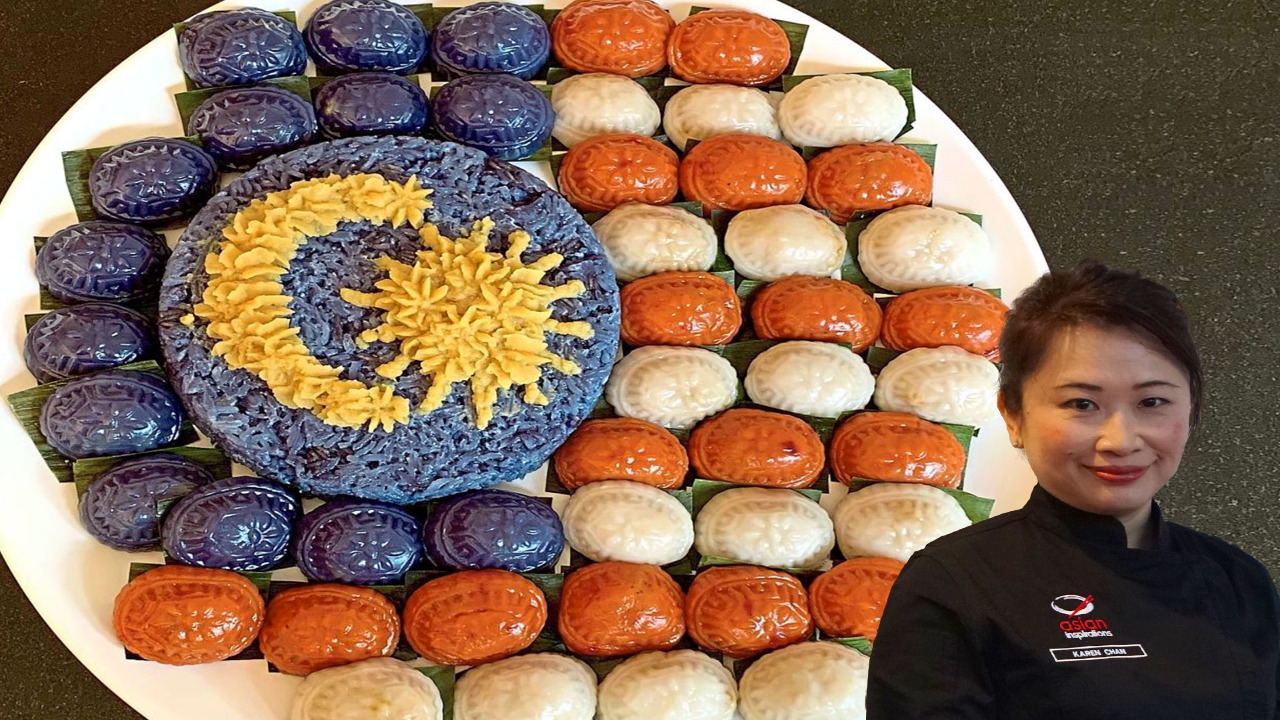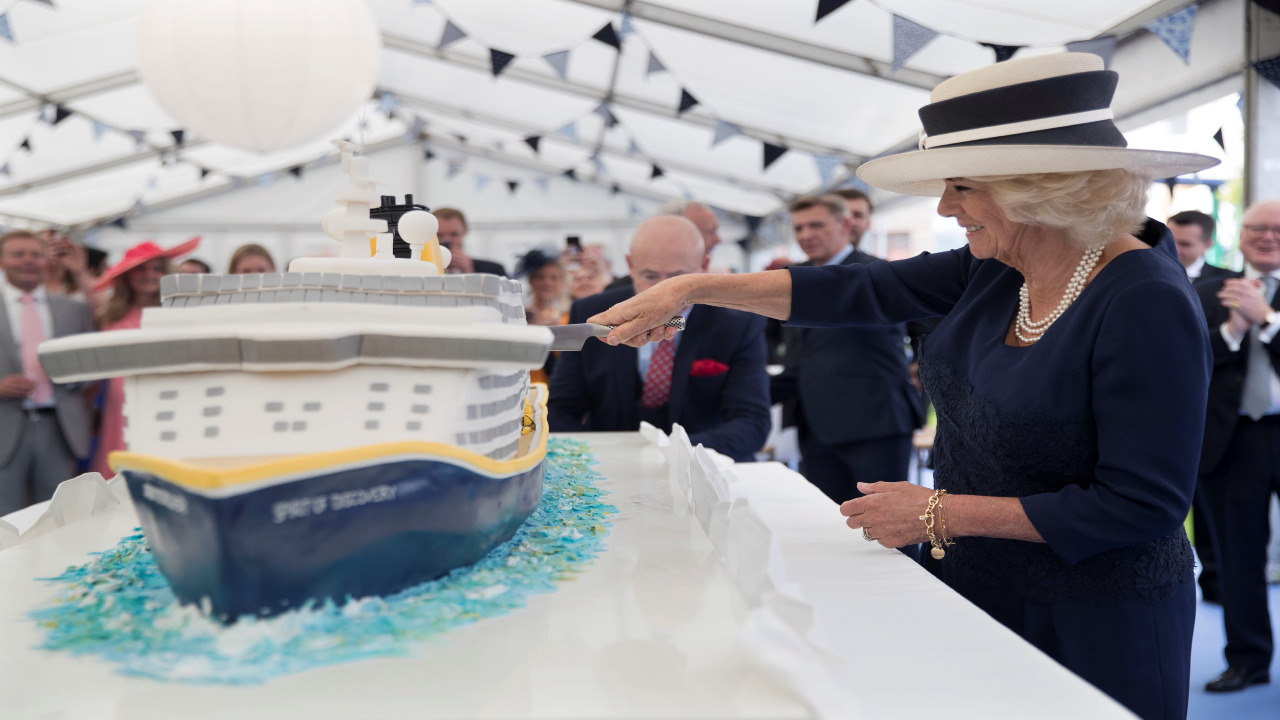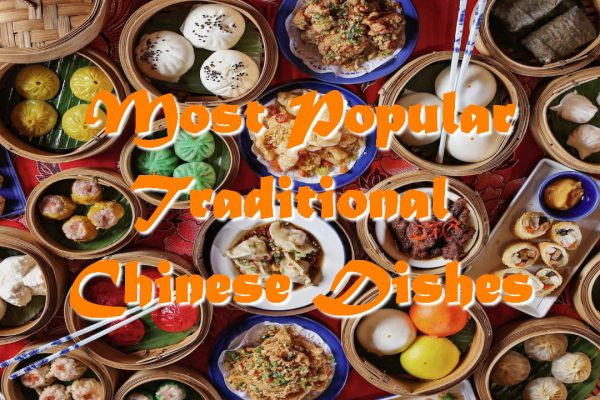Cooking is sometimes closely linked to history: for example, some desserts can tell you something interesting about the past of different countries and their rulers.
A few centuries ago, the appearance of cakes or sweets was a real event because there were not many recipes for sweets. For instance, the recipe for chocolate chip cookies appeared only in the twentieth century. Now, we are going to explore even older desserts that have interesting roots.
Let Them Eat Buns

A sweet brioche bun is more than just a pastry and a ruddy crust. In 18th-century France, this mouthwatering dessert became one of the symbols of the confrontation between the monarchy and the people. Queen Marie-Antoinette, being a big fan of noisy balls, pompous treats, and daily festivities, was not very fond of common people. At the same time, the ideas of the Enlightenment were becoming louder and louder in the cities. In time, Marie Antoinette “settled down” and began to devote more time to her family, but bad publicity is not easily forgotten.
The famous phrase “Let them eat buns” (Qu’ils mangent de la brioche) became the epitome of everything people disliked about the queen. Legend has it that Marie Antoinette said these words in response to complaints that the commoners lacked bread. Sourdough brioche buns, the name of which appears in the original quote, are made with butter and eggs, products that were a rarity for commoners. Although it is now widely believed that Marie Antoinette probably did not say these words, it was for her arrogance and disregard for people’s problems that the queen was condemned by the Convention (the highest legislative and executive body of the First French Republic during the Great French Revolution).
A Sweet Dowry

The Spaniards were the first Europeans to discover the taste of chocolate – they brought the recipe from South America in the 16th century, though the Aztecs, from whom the conquistadors borrowed the method of making cocoa beans, made it without sugar. The Spaniards decided to make the dish sweet, after which the whole nobility of the country became fans of the new dessert. However, the Spaniards were in no hurry to share the exclusive recipe with other states. For more than 100 years, they were the only Europeans who drank hot chocolate: its recipe was considered the property of the country and was kept in the strictest confidence.
Decades later, the Spaniards dared to reveal the secret, but not for nothing, but as the highest gift. In France, chocolate first appeared in the middle of the 17th century, when Princess Maria Theresa gave it as a dowry to King Louis XIV. He appreciated the gift and ordered the dessert to be served in Versailles several times a week. After the king, all French aristocrats became chocolate lovers, and then the whole of Europe.
Weapons of the “Southern Barbarians”

Until the first Portuguese travelers came to Japan in 1543, the residents of the Land of the Rising Sun had no sweets in their diet. The Japanese learned about sugar as early as the eighth century but used it as medicine and considered chestnuts, persimmons, pears, and other fruits as desserts. Therefore, the Japanese did not see simple caramel and lollipops until 1543, when Portuguese missionaries came to them. The sweet treats were what bribed the austere Japanese.
Dessert of the Age of Discovery

Ice cream, a popular creamy dessert, was invented by the Chinese, but Europeans didn’t recognize it until the Middle Ages, during the Age of Discovery. The famous explorer Marco Polo, who discovered Asia for the West, brought the recipe for the dessert to Italy. For almost three hundred years, the Italian aristocracy (ordinary people could not afford it) enjoyed this delicacy, keeping the recipe a secret. In the seventeenth century, Countess Catherine de Medici married the king of France, Henry II, and brought to court a chef who specialized in making ice cream. Since then, the dessert gained popularity among the French nobility and having an ice cream maker became a kind of status indicator.





